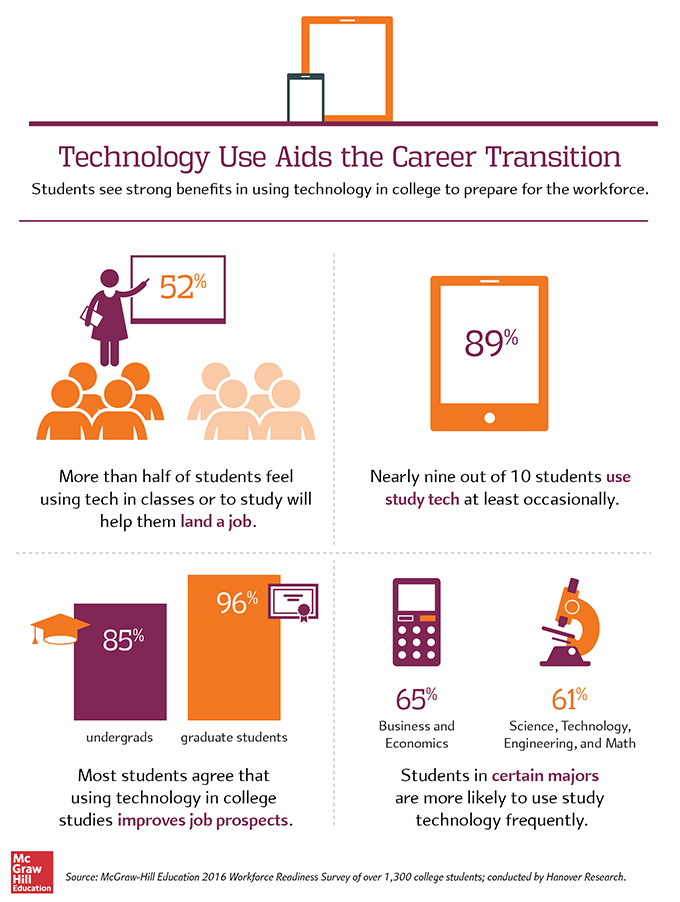Jul
2021
Digital Literacy for St. Cloud State University
Virtual reality has proven to provide successful social and physical benefits to those 65 and older.
Physical movement is essential as we age, and different virtual reality programs encourage older adults to play fun and safe games that allow us to move our legs, arms, feet and hands.
Other research is showing that virtual reality can even ease the nerves when it comes to touring other retirement facilities. Some virtual reality programs are designed for mom and dad to tour a facility in the comfort of their own home before possibly seeing it in person.
+++++++++++++++++
more on seniors in this IMS blog
https://blog.stcloudstate.edu/ims?s=seniors
https://www.latimes.com/opinion/story/2019-08-22/death-of-reading-high-school-cellphone
In the 1970s, teens read three times as many books as today. In 1980, 60% of high school seniors reported that they read a newspaper, magazine or book on a daily basis for pleasure; by 2016 that number had dropped to 16%. Teenagers are more likely to read books at 13 than 17.
++++++++++++
more on device distraction in this IMS blog
https://blog.stcloudstate.edu/ims?s=distraction
also on electronic devices in the classroom
https://blog.stcloudstate.edu/ims/2017/04/03/use-of-laptops-in-the-classroom/
JOHN LELAND NOV. 16, 2012 https://www.nytimes.com/2012/11/18/nyregion/columbia-professor-and-gza-aim-to-help-teach-science-through-hip-hop.html
Only 4 percent of African-American seniors nationally were proficient in sciences, compared with 27 percent of whites, according to the 2009 National Assessment of Educational Progress.
GZA by bringing science into hip-hop; Dr. Emdin by bringing hip-hop into the science classroom.
the popular hip-hop lyrics Web siteRap Genius, will announce a pilot project to use hip-hop to teach science in 10 New York City public schools. The pilot is small, but its architects’ goals are not modest. Dr. Emdin, who has written a book called “Urban Science Education for the Hip-Hop Generation,”
hip-hop “cypher,” participants stand in a circle and take turns rapping, often supporting or playing off one another’s rhymes.
“All of those things that are happening in the hip-hop cypher are what should happen in an ideal classroom.”
++++++++++++++++++++
Some teachers are finding a place for coding in English, music, science, math and social studies, too
by TARA GARCÍA MATHEWSON October 18, 2018
Fifteen states now require all high schools to offer computer science courses. Twenty-three states have created K-12 computer science standards. And 40 states plus the District of Columbia allow students to count computer science courses toward high school math or science graduation requirements. That’s up from 12 states in 2013, when Code.org launched, aiming to expand access to computer science in U.S. schools and increase participation among girls and underrepresented minorities in particular.
Nevada is the only state so far to embed math, science, English language arts and social studies into its computer science standards.
The top 10 workforce skills of 2020 include:
1. Sense making: The ability to determine the deeper meaning or significance of what is being expressed. The Drivers: Rise of smart machines and systems
2. Social intelligence: The ability to connect to others in a deep and direct way, to sense and stimulate reactions and desired interactions. The Drivers: Rise of smart machines and systems, globally connected world
3. Novel and adaptive thinking: Proficiency at thinking and coming up with solutions and responses beyond that which is rote or rule-based. The Drivers: Rise of smart machines and systems, globally connected world
4. Cross cultural competency: The ability to operate in different cultural settings. The Drivers: Superstructured organizations, globally connected world
5. Computational thinking: The ability to translate vast amounts of data into abstract concepts and to understand data based reasoning. The Drivers: New media ecology, computational world
6. New media literacy: The ability to critically assess and develop content that uses new media forms, and to leverage these media for persuasive communication. The Drivers: Extreme longevity, new media ecology, Superstructured organizations
7. Transdisciplinary: Literacy in and ability to understand concepts across multiple disciplines. The Drivers: Extreme longevity, computational world
8. Design mindset: The ability to represent and develop tasks and work processes for desired outcomes. The Drivers: Superstructured organizations, computational world
9. Cognitive load management: The ability to discriminate and filter information for importance, and to understand how to maximize cognitive functions. The Drivers: Superstructured organizations, computational world, new media ecology
10. Virtual collaboration: The ability to work productively, drive engagement, and demonstrate presence as a member of a virtual team. The Drivers: Superstructured organizations, globally connected world
++++++++++++++++++++
more on skills in this IMS blog
https://blog.stcloudstate.edu/ims?s=skills

+++++++++++++++++++
more on employment and technology in this IMS blog
https://blog.stcloudstate.edu/ims?s=employment+technology